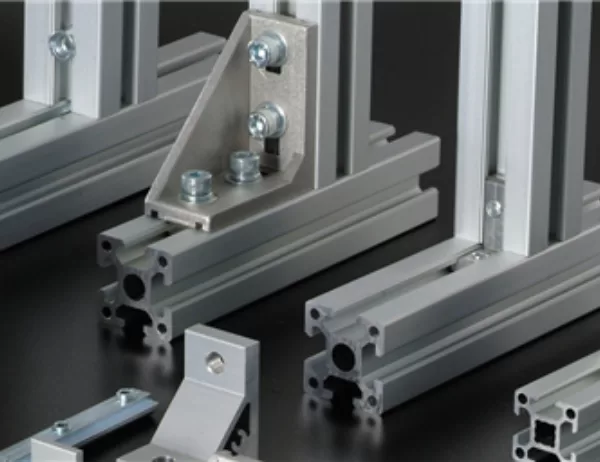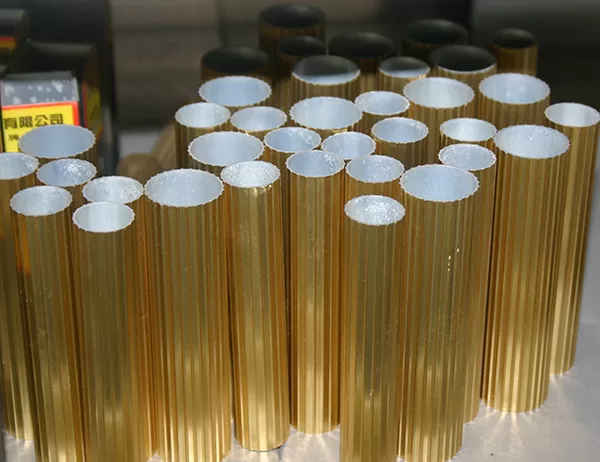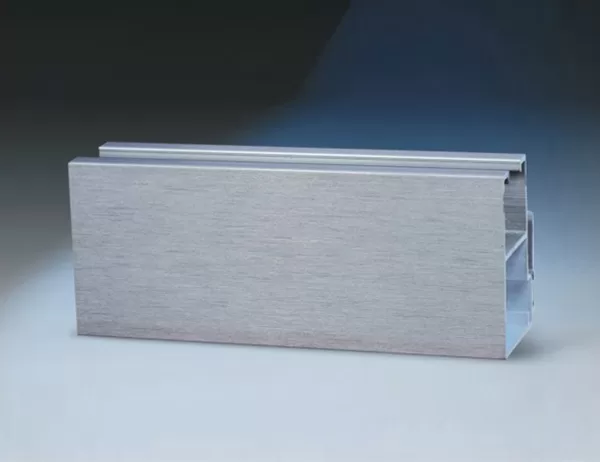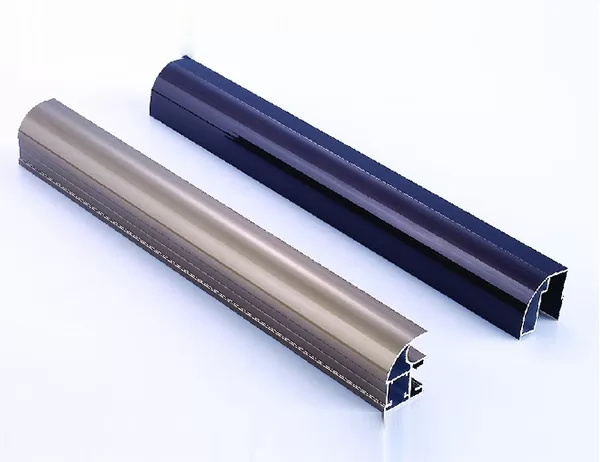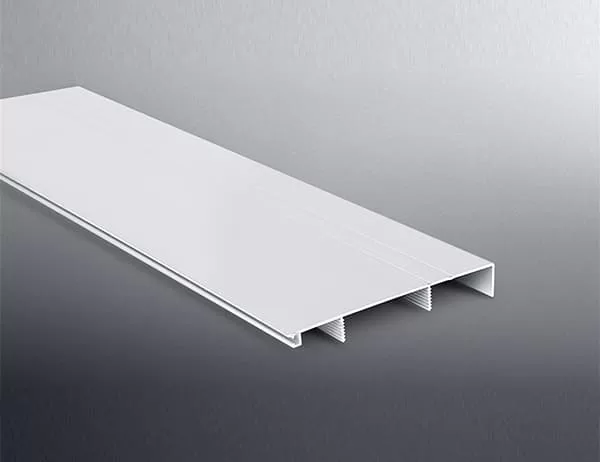In today’s electronic devices, heat generation is a major concern. The functionality and reliability of electronic components can be compromised when temperatures exceed specified limits. Heat sinks are essential components used to dissipate heat away from electronic devices, ensuring optimal performance and extending the lifespan of these components. Aluminum, with its excellent thermal conductivity and lightweight properties, is widely used in the manufacturing of heat sinks. This article will explore the role of aluminum heat sinks in extending component lifespan, highlighting various aspects of their design, material properties, and applications.
Aluminum heat sinks function by effectively dissipating heat away from electronic components. The high thermal conductivity of aluminum allows for efficient heat transfer from the component to the heat sink’s surface area. The surface area is designed to maximize heat dissipation by increasing the contact area between the heat sink and the surrounding air or liquid coolant. This enhanced heat dissipation prevents excessive temperature buildup, reducing the risk of component failure.
By effectively managing heat, aluminum heat sinks improve the reliability of electronic components. Excessive heat can lead to degradation of materials, accelerated aging, and reduced component lifespan. Heat sinks maintain component temperatures within acceptable ranges, mitigating thermal stresses and preventing premature component failure. This increased reliability allows electronic devices to operate consistently and efficiently over extended periods.
The extended component lifespan is a direct consequence of the improved heat dissipation and enhanced reliability provided by aluminum heat sinks. When components operate at lower temperatures, they are less susceptible to thermal damage and degradation. This prolonged component lifespan translates into reduced maintenance costs, increased uptime, and improved overall system performance.
Aluminum’s lightweight and compact nature makes it a suitable choice for heat sinks in applications where space constraints are a concern. The low density of aluminum allows for the creation of heat sinks with large surface areas without adding significant weight to the system. This is particularly advantageous in portable electronic devices, where minimizing weight is essential.
Aluminum heat sinks find applications in a wide range of electronic devices, including computers, laptops, servers, industrial equipment, and telecommunication systems. Their adaptability makes them a valuable asset in various thermal management scenarios. The ability to customize aluminum heat sink designs to meet specific requirements ensures optimal cooling efficiency for diverse applications.
The role of aluminum heat sinks in extending component lifespan is undeniable. Their exceptional thermal conductivity, lightweight design, and versatility make them ideal solutions for dissipating heat away from electronic devices. By preventing excessive temperature buildup, aluminum heat sinks enhance component reliability and extend their lifespan, contributing to the overall performance and longevity of electronic systems. As the demand for electronic devices continues to grow, the importance of efficient heat sinks will only increase, making aluminum heat sinks a critical component in modern electronics.
